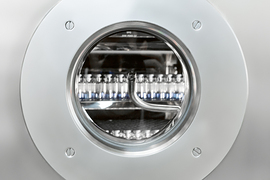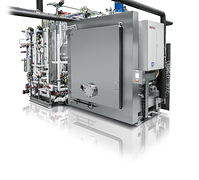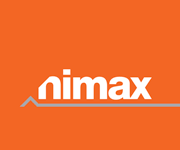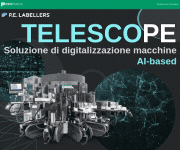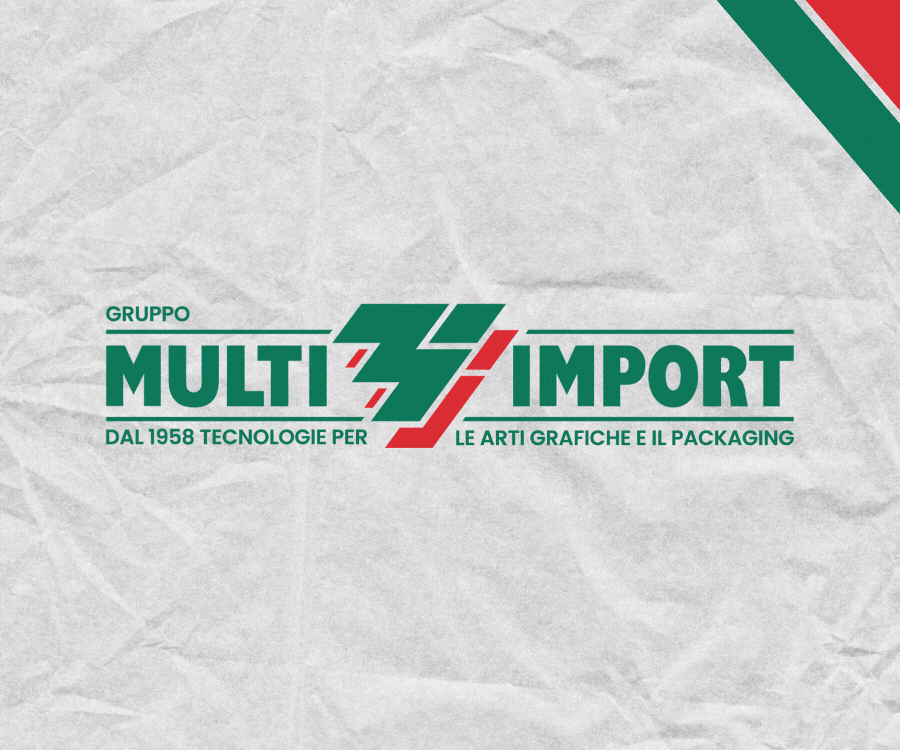Navigating the pandemic using Augmented Reality to aid in pharmaceutical manufacturing
Augmented Reality has seen a variety of applications in healthcare & the pharmaceutical industry. The IMA group has efforts centered on smart services by deploying an infrastructure of AR glasses and a connected network for better maintenance and inspection.

Augmented Reality (AR) is an interactive digital service through which information can be overlaid on objects and live data collected from the real world. It provides the user with additional information about the system through an interface that enhances their experience. This information can be accessed through smartphones, tablets & computers or more interactive systems such as a heads-up display or eyeglasses. There are common misconceptions on the differences between Virtual Reality (VR) and Augmented Reality (AR). While, AR builds on real-life environments by adding elements that enhance the user experience, VR creates a completely simulated environment that closes out any response from the physical word. Various AR glasses are available from worldwide manufactures such as Realwear and Vuzix today. These are targeted for use in specific applications such as maintenance & service, remote support and troubleshooting in production environments. A number of systems are interconnected in manufacturing industries such as automotive & pharmaceuticals around the world, and this interconnectivity is valuable for maintaining production effi ciency. This has also increased the level of complexity involved in operating a particular production line. In addition, as projects evolve over time, a number of resources and subject matter expertise needs to be coordinated. The location of experts that may assist on-site users may be different and their availability may be limited. This is where Augmented Reality comes in. IMA Life has identifi ed use of AR for the pharmaceutical manufacturing environment including freeze dryers. A freeze dryer is a complex interconnected system, where multiple equipment such as compressors, vacuum pumps and heat transfer assemblies are working together. The availability of specialists for servicing such complex production equipment is always limited. In particular, during the pandemic, when travel schedules were changing on a daily basis, availability of skilled technicians is few and far between. Additionally, there may be several subject matter experts that are required to troubleshoot a certain problem including engineers, electricians and service managers. Having a dedicated platform to coordinate and remotely assist with all such requests is of great interest.
Applications
A major challenge that everyone around the world is facing is the COVID-19 pandemic. Due to numerous travel and safety precautions, many companies including major pharmaceutical customers of IMA Life were faced with adapting to a new way of engaging customers. An accelerated path was adopted to integrate the use of Augmented Reality at IMA Life. From remote service assistance to obtaining guidance for executing test procedures, the applications for augmented reality are varied. IMA pivoted from this opportunity to roll out remote assistance services and fi eld service activities from their manufacturing facility in Buffalo, NY using AR glasses. IMA Life evaluated multiple technologies and software platforms offering the AR experience.
Read the case studies on Rassegna dell’Imballaggio, April issue
Prodotti e tecnologie: IMA-INDUSTRIA MACCHINE AUTOMATICHE
Gallery



